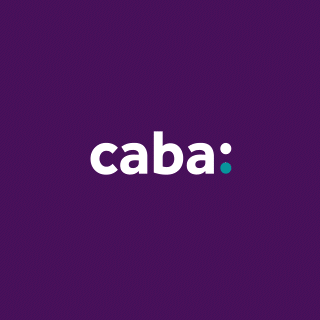Top tutor Chris Cain looks at the ‘7Ps’ – we are talking marketing mix here.
The ACCA June 2024 pre-seen was based on the ‘pet vet services industry’.
One of the Tasks that some students were requested to attempt was based on the marketing mix (the 7Ps).
From September 2024 to June 2025 syllabus area C, the detailed study guide states: “Advise on how the 7Ps, price-based strategies, differentiation and lock-in can help an organisation sustain its competitive advantage.”
The notes below, produced by PASS-SBL will aid with your future studies.
Product (Service)
Differentiation: offer unique and innovative products that stand out in the market.
Continuous product development and improvement can maintain a competitive edge.
Price
- Price-based strategies: utilise various pricing strategies, such as:
- Cost leadership: offering products at a lower price than competitors.
- Value-based pricing: pricing based on the perceived value of the product or service.
- Dynamic pricing: adjusting prices based on demand, supply or market conditions.
Place (distribution channels and/or business location)
Distribution and/or Location Strategy: ensure products are available where and when customers/clients want them. Efficient distribution channels (or the business location) can enhance customer convenience and satisfaction.
Promotion mix (PR, advertising, personal selling, sales promotion and sponsoring) Differentiation through promotion: develop strong branding and promotional strategies that highlight unique selling propositions. Effective communication can create a distinct brand image.
People
Customer/client service differentiation: provide excellent customer/client service to create a positive customer/client experience. Well-trained and motivated employees/staff can contribute to customer/client satisfaction.
Process
Efficiency and innovation: streamline internal processes for efficiency and cost-effectiveness for managing the customer/client relationships, including order processing and CRM processes.
Physical evidence
Tangible differentiation: present physical evidence (e.g. photos, videos, store ambience) that reinforces the brand image and contributes to perceived value.
‘Lock-in’ mechanisms include:
1. Customer loyalty programmes:
- Advantage: encourages repeat business and customer/client retention.
- Consideration: requires a well-designed programme to provide real value.
2. Contractual agreements:
- Advantage: long-term contracts or subscriptions can create customer/client commitment.
- Consideration: flexibility is essential to adapt to changing customer/client needs.
3. Switching costs:
- Advantage: making it ‘costly’ for customers to switch to competitors either by making it inconvenient to switch or providing a perceived greater added value to products/ services than competitors.
- Consideration: must provide substantial added value through product/service differentiation for this strategy to succeed.
- Chris Cain is an approved trainer with PwC Academy



